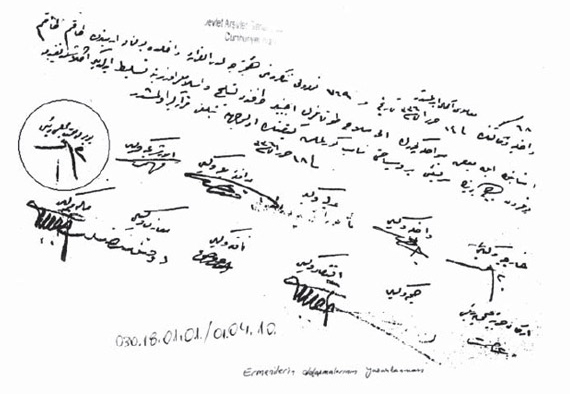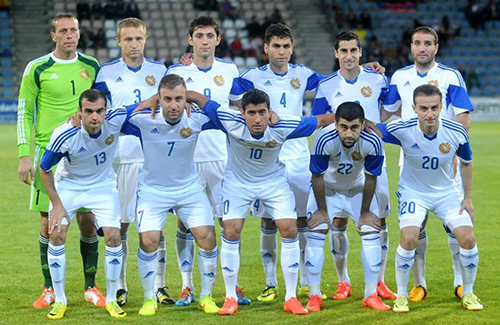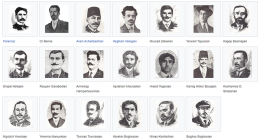YEREVAN (RFE/RL0 — Armenia’s information technology (IT) sector continued to grow rapidly in 2015, creating many new jobs and generating about 5 percent of Gross Domestic Product, according to government data.
Preliminary estimates by the Armenian Economy Ministry show that the combined output of some 450 IT firms operating in the country rose by nearly 20 percent to a level equivalent to roughly $550 million.
Ministry officials dealing with IT say that the sector now employs 15,000 or so people — 13,000 of them software developers and other hi-tech engineers. They put the number of skilled specialists working in the burgeoning industry at 11,600 a year ago.
The IT industry expanded by an average of 22 percent annually from 2008-2014 , making it the fastest-growing sector of the Armenian economy. It accounted for only 1.7 percent of GDP in 2010.
The sector continues to be dominated by local subsidiaries of U.S tech giants like Synopsys, National Instruments, Mentor Graphics and VMware. Several other multinational corporations have established or stepped up their presence in Armenia in the past year.
Oracle, the world’s second largest software manufacturer, officially opened a branch in Yerevan in November 2014, while Taiwan’s D-Link Corporation, a leading manufacturer of computer networking equipment, inaugurated its newly constructed research and development center in Gyumri in May 2015.
Growth in the export-oriented sector is also increasingly driven by homegrown Armenian companies. More than 250 of them have been set up since 2007. Some have already gained international acclaim.
One such startup, PicsArt, solidified in 2015 its status as one of the world’s most popular mobile photo editing and sharing applications. The Yerevan-based company boasting 60 million monthly users attracted $10 million in funding from Sequoia Capital, a U.S. venture capital firm, before being included on the “Forbes” magazine’s 2015 list of the world’s 50 “hottest startups.” According to “Forbes,” PicsArt is now valued at $250 million, a huge figure by Armenian corporate standards.
Another Armenian mobile application developer, ARLOOPA, was among more than 100 startups from around the world that took part in the 2015 Augmented World Expo held in California in June. ListHunt.co, a U.S. IT news website, rated ARLOOPA among the 9 best participants of the prestigious annual event.
An older Armenian firm, Triada Studio, also made headlines in June after its sophisticated puzzle game called Shadowmatic won one of the Apple corporation’s annual Design Awards. Apple also added Shadowmatic to its App Store distribution platform.
Karen Vartanian, chairman of Armenia’s Union of Information Technology Enterprises (UITE), singled out the growth of Armenian-owned firms when he discussed the sector’s 2015 performance on Monday. Speaking to the A1+ TV station, Vartanian said that they are increasingly developing their own products instead of seeking outsourcing deals with bigger Western companies. “I think this trend will continue in 2016,” he added.
The Armenian government also recognizes the importance of startups for maintaining the high rates of IT growth in the years ahead. In December 2014, it pushed through the parliament a bill that introduced significant tax breaks for new IT firms employing up to 30 people.
The tax breaks, valid until the end of 2019, are granted on a case-by-case basis by a special commission comprising not only government officials but also IT industry executives. According to Naira Nikoghosian, head of an Economy Ministry division dealing with the sector, 61 startups qualified for them in the course of 2015.
“We will strive to make sure that these tax breaks are extended beyond 2019,” Nikoghosian told RFE/RL’s Armenian service (Azatutyun.am). She argued that the number of newly registered firms has increased substantially since December 2014.
IT executives say that the sector would have grown even faster had the quality of education at the computer science departments of Armenian universities been adequate. Most of their graduates are not qualified enough to work for IT companies without undergoing additional training. There are still an estimated 2,000 job vacancies in the sector, a highly unusual phenomenon for a country that has long suffered from double-digit unemployment.
The UITE has been trying to address this problem with extracurricular robotics and other IT classes organized by it in about 80 public schools across the country since 2008. Vartanian insisted that most students attending them will be skilled enough to work for IT firms immediately after finishing school.
Thousands of other Armenian schoolchildren, aged 12 and over, are enrolled in Yerevan’s Tumo Center for Creative Technologies, mainly studying computer programming, robotics and animation. The state-of-the-art center, founded by U.S.-Armenian philanthropist Sam Simonian in 2011, opened branches in Gyumri and Nagorno-Karabakh’s capital Stepanakert in 2015. A Tumo branch is also expected to open its doors in Vanadzor, Armenia’s third-largest city, in 2016.










